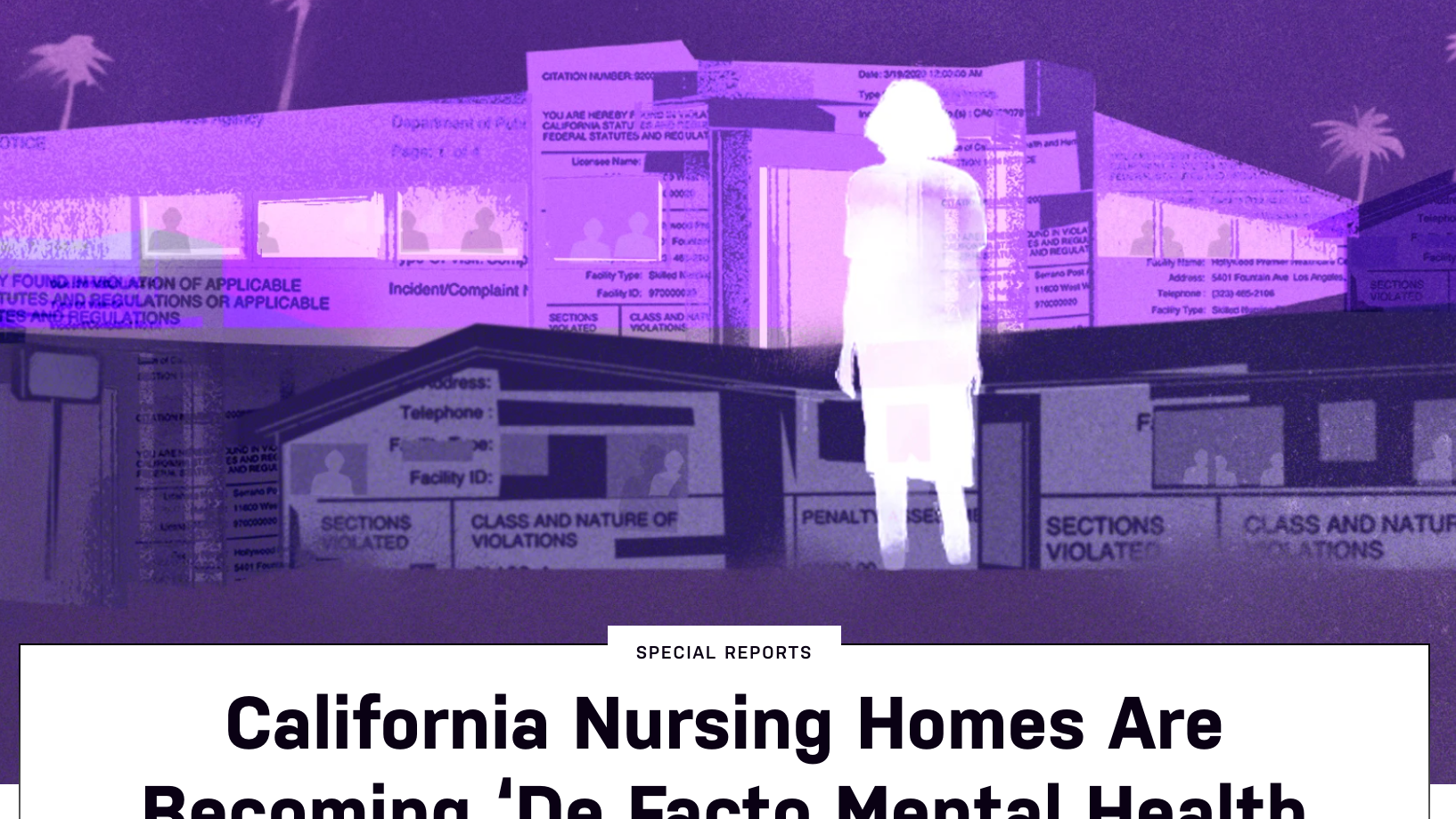Did you know that welfare offices in some states are run by for-profit companies? I didn't -- until I starting working on Season 6 of The Uncertain Hour, which dives into privatization of welfare nearly 30 years after Bill Clinton signed a reform bill that would, in his words, “end welfare as we know it.”
I worked with Ben Clary at APM Research Lab along with Krissy Clark and the rest of The Uncertain Hour team at Marketplace to better understand the incentive structures and contracts that private companies operate under in providing public welfare services.
And, in the midst of a push by politicians to introduce more work requirements into government entitlement programs, we also look at how many people are actually getting jobs through welfare programs. We focus on the state of Wisconsin, an early adopter of welfare-to-work policies.
As we report in this data-focused story we also published:
One way that private welfare-to-work companies generate revenue is through incentives based on how well they do at achieving specific outcomes for welfare recipients, such as people getting a job, keeping a job or successfully signing up for Supplemental Security Income or Social Disability Insurance...
Each year, in addition to contract adjustments of the type and value of various incentives, the state and the companies also agree to a target of how many incentive claims they expect to submit. In episode five, we heard the state make the point that in recent years, companies have been meeting or exceeding their targeted number of [job attainment] claims.
Our review of the records shows, however, that for years before that, companies were not meeting their targets, and subsequently the target bids in their contracts with the state became lower and lower, even when taking into account falling caseloads. Eventually the targets reached a point where most companies are now meeting or exceeding them.
So with caseloads and the companies' targets for claims falling, does that mean poverty rates are falling? While they've gone up and down through the years, overall rates in Wisconsin and the U.S. overall are about where they were when welfare reform laws were passed in the mid 1990s.
Much more in the show and in our data story. Our work was also summarized in a Reveal episode.




